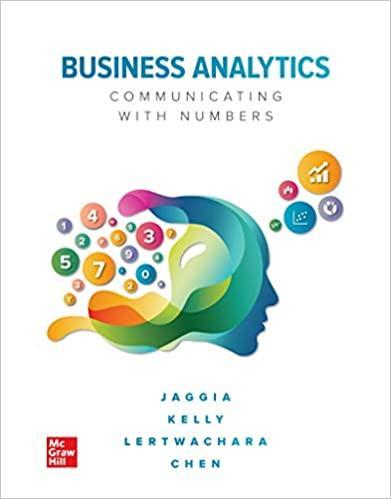In tennis, how well a player serves and returns serves often determine the outcome of the game.
Question:
In tennis, how well a player serves and returns serves often determine the outcome of the game. Coaches and players track these numbers and work tirelessly to make improvement. The accompanying table shows a sample of data that includes local youth tennis players. The relevant variables include the number of aces (Aces), number of double faults (DF), first serve percentage (1ST SRV), first serve win percentage (1ST SRV WIN), break point saved percentage (BP SVD), percentage of service games won (SRV WIN), first serve return win percentage (1ST RTN WIN), percentage of return games won (RTN WON), and break point conversion percentage (BP CONV).

a. Conduct principal component analysis on all variables except the Player variable and display the weights used to compute the first principal component scores.
b. Which original variable is given the highest weight to compute the first principal component? Which original variable is given the highest weight to compute the second principal component?
c. Create a new data set that contains the Player column and the principal components that account for at least 90% of the total variance in the data.
Step by Step Answer:

Business Analytics Communicating With Numbers
ISBN: 9781260785005
1st Edition
Authors: Sanjiv Jaggia, Alison Kelly, Kevin Lertwachara, Leida Chen





